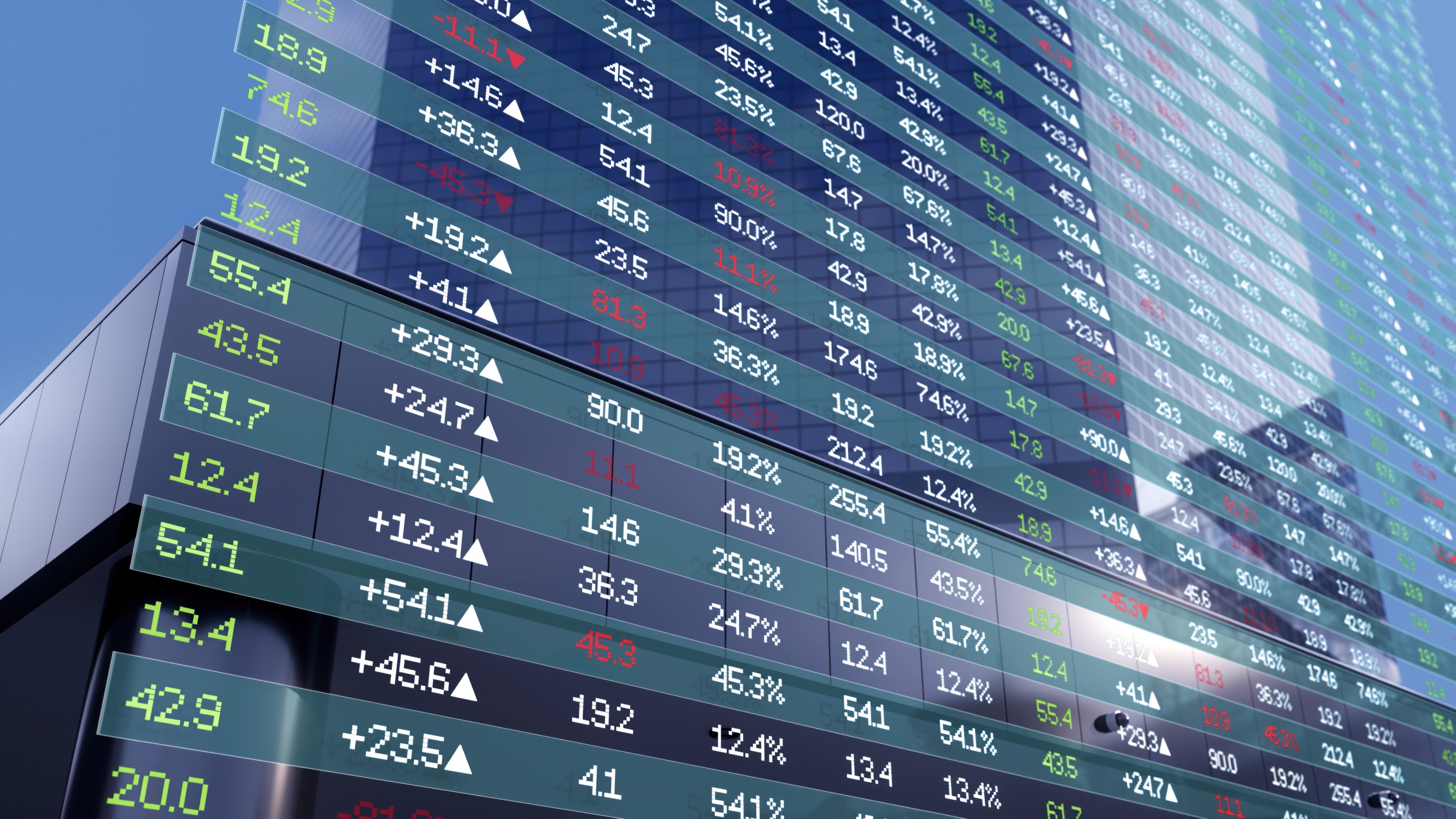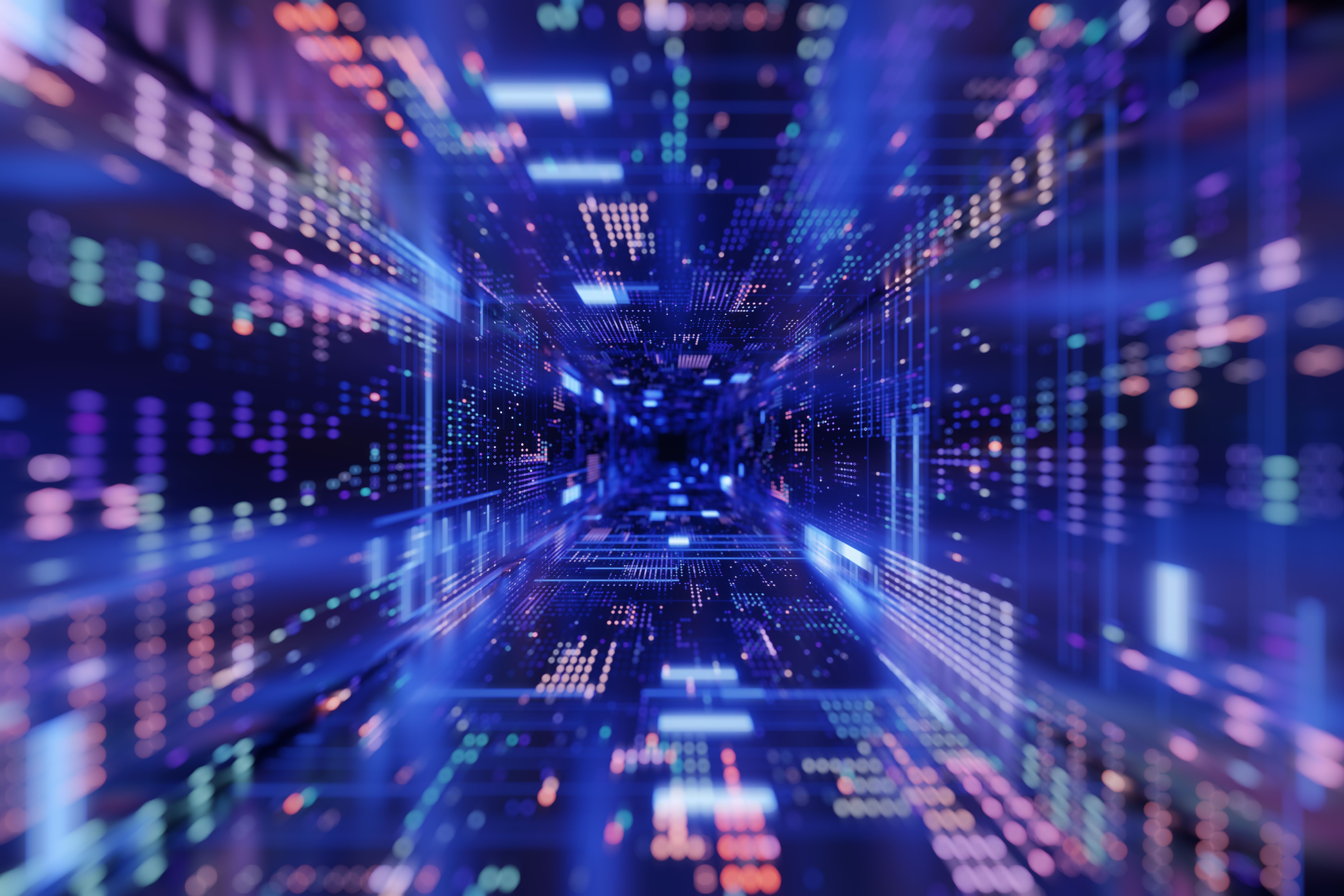Navigating the Future: Technological Innovations in Commodity Trading and Risk Management
Introduction to Technological Innovations in Commodity Trading
In recent years, technological advancements have significantly reshaped the landscape of commodity trading and risk management. With the integration of cutting-edge technologies, the industry is experiencing enhanced efficiency, reduced risks, and a more streamlined approach to trading. As we navigate the future, understanding these innovations is crucial for traders and businesses aiming to stay competitive in a rapidly evolving market.

The Role of Big Data and Analytics
Big data and analytics have become indispensable tools in commodity trading. By leveraging vast amounts of data, traders can gain valuable insights into market trends, price fluctuations, and consumer behavior. Analytics tools can process complex datasets to forecast future market movements, enabling traders to make informed decisions and mitigate risks effectively.
Moreover, big data facilitates improved supply chain management. By analyzing data from various sources, companies can optimize logistics, predict demand, and manage inventory more efficiently. This not only reduces costs but also enhances the overall agility of the trading process.
Blockchain Technology: Enhancing Transparency and Trust
Blockchain technology is revolutionizing commodity trading by providing a secure and transparent platform for transactions. With its decentralized ledger system, blockchain ensures that all transactions are recorded immutably, reducing the chances of fraud and errors.

Furthermore, blockchain enhances trust among trading partners. By providing a tamper-proof record of all transactions, parties involved in a trade can verify the authenticity of contracts and goods. This increased transparency fosters stronger relationships and a more reliable trading environment.
Artificial Intelligence: Automating Trading Strategies
Artificial intelligence (AI) is transforming the way traders develop and implement strategies. AI algorithms can analyze historical data and current market conditions to identify patterns and predict future price movements. This allows traders to automate decision-making processes and execute trades with greater precision.
In addition to strategy automation, AI-driven risk management tools are becoming increasingly popular. These tools can assess potential risks in real-time and suggest corrective actions, helping traders minimize losses and maximize profits.
Internet of Things (IoT): Revolutionizing Supply Chain Management
The Internet of Things (IoT) is playing a pivotal role in enhancing supply chain management within commodity trading. IoT devices can monitor real-time data on inventory levels, transportation conditions, and equipment performance.
This real-time monitoring allows companies to make timely adjustments to their operations, ensuring that commodities are delivered promptly and efficiently. Moreover, IoT-enabled sensors can provide valuable data on environmental conditions, helping traders assess the quality and condition of goods throughout the supply chain.
Conclusion: Embracing the Future of Commodity Trading
As we move forward, embracing technological innovations is essential for success in commodity trading and risk management. By leveraging big data, blockchain, AI, and IoT, traders can enhance their operations, reduce risks, and remain competitive in a dynamic market.
The future of commodity trading lies in the continuous evolution of these technologies. Companies that invest in these innovations today will be better positioned to navigate the challenges and opportunities of tomorrow's trading landscape.
